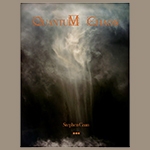PLANT RESOURCES
PLANT RESOURCES
USDA Plant Hardiness Zone Map
This is the latest USDA Plant Hardiness Zone Map. It's an interactive map in which you can put in your zip code to find out your specific zone.
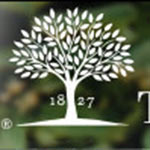 Pennsylvania Horticultural Society - GOLD MEDAL PLANTS
Pennsylvania Horticultural Society - GOLD MEDAL PLANTS
This is a great site from the Pennsylvania Horticultural Society that lists the Winning Gold Medal Plants that are chosen for pest and disease resistance, ease of growing, and beauty.
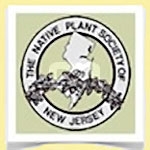 The Native Plant Society of New Jersey
The Native Plant Society of New Jersey
The Native Plant Society of New Jersey is a statewide non-profit organization dedicated to the appreciation, protection, and study of the native flora of New Jersey.
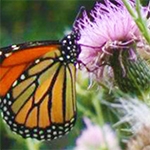 National Wildlife Federation Native Plant/Butterfly Finder
National Wildlife Federation Native Plant/Butterfly Finder
Bring your garden to life! Enter your zip code to discover the best native plants, attract butterflies and moths, and support birds and other fauna. An indispensable tool, based on the research of Dr Douglas Tallamy of the University of Delaware and in partnership with the United States Forest Service.
Note: Never collect native plants from the wild, as it can diminish these populations and damage eco-systems.
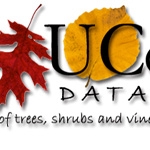 UNIVERSITY OF CONN. PLANT DATABASE
UNIVERSITY OF CONN. PLANT DATABASE
The University of Connecticut plant database of trees, shrubs, and vines.
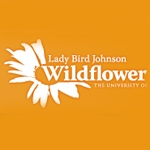 THE LADY BIRD JOHNSON WILDFLOWER CENTER
THE LADY BIRD JOHNSON WILDFLOWER CENTER
Lady Bird Johnson, our former first lady, and actress Helen Hayes founded an organization in 1982 to protect and preserve North America's native plants and natural landscapes. First as the National Wildflower Research Center and later as the Lady Bird Johnson Wildflower Center, this special place exists to introduce people to the beauty and diversity of wildflowers and other native plants.
 The Missouri Botanical Gardens Plant Finder Database
The Missouri Botanical Gardens Plant Finder Database
The Missouri Botanical Gardens has an extensive online plant database that lists plant characteristics.
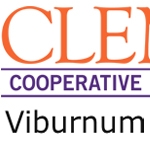 Clemson Cooperative Extension - Viburnum Info
Clemson Cooperative Extension - Viburnum Info
Viburnums - "This large group of plants consists of more than 150 species and numerous named cultivars. Viburnums include deciduous and evergreen shrubs and small trees, mostly native to North America or to Asia."
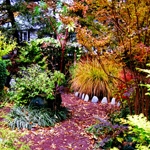 RUTGERS CARE & CLEAN-UP OF THE FALL GARDEN PDF
RUTGERS CARE & CLEAN-UP OF THE FALL GARDEN PDF
PDF Fact sheet by Rutgers for the "Care and Clean-up of the Fall Garden"
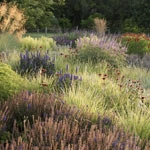 PIET OUDOLF
PIET OUDOLF
Piet Oudolf, from Holland EU, is one of my favorite Garden Designers who has designed many well known public and private gardens including the High Line in NYC. He is the leading figure of the "New Perennial" or "New Wave Planting" movement that uses bold drifts of herbaceous perennial plants and grasses that are chosen for their structure, form, texture, color, and four season interest. He who has published a number of books.
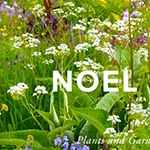 NOEL KINGSBURY
NOEL KINGSBURY
Noel Kingsbury is a British garden designer and writer on gardening, plant sciences and related topics. He is best known for his promotion of naturalistic planting design in gardens and designed landscapes and his collaboration with Dutch garden and landscape designer Piet Oudolf on books on planting design.
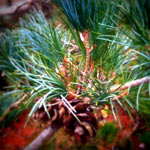 RICHARD BITNER - CONIFERS
RICHARD BITNER - CONIFERS
Richard Bitner is an author, writer, and master of Conifers. His new book, "Designing with Conifers" is now available at amazon.
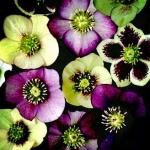 DAVID CULP - HELLEBORES
DAVID CULP - HELLEBORES
David Culp at Brandywine Cottage is a breeder of Hellebores, a great lecturer and author of the book "The Layered Garden."
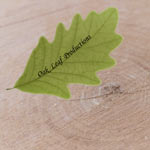 EVA MONHEIM
EVA MONHEIM
Eva Monheim is a horticultural writer and educator.
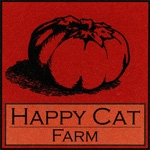 HAPPY CAT FARM
HAPPY CAT FARM
Happy Cat Farm exists to teach people how to grow and forage their own food sustainably. Inspired tools for growing & foraging your own food. All the sustainable heirloom seeds, plants and products you need!
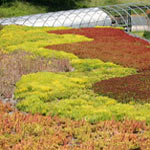 ED SNODGRASS
ED SNODGRASS
Ed Snodgrass of Emory Knoll Farms is an author, consultant, and supplier of Green Roof Plants.

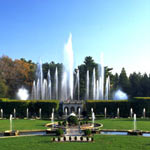
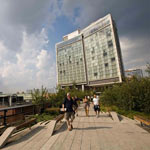
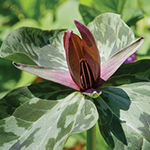

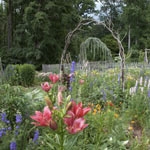
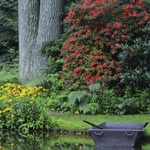
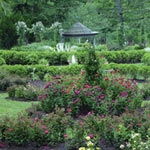
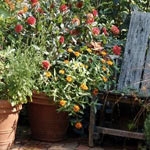
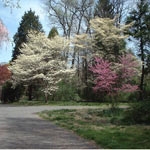
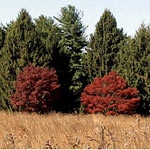
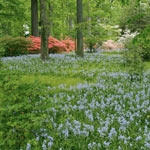
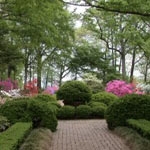
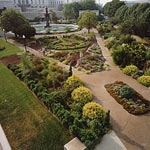
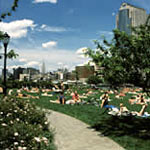

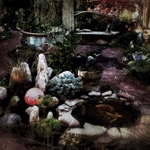
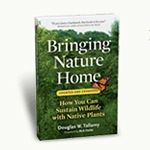
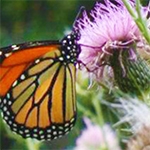
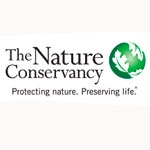
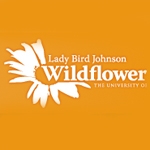
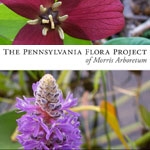
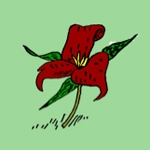
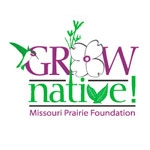
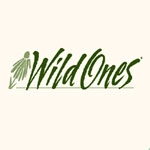
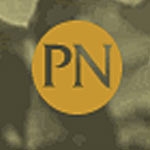

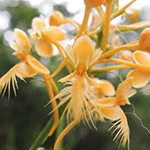
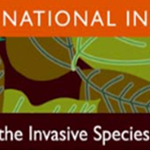
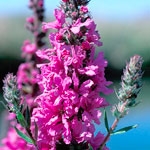
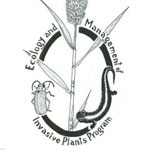
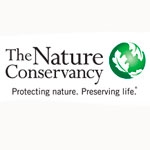
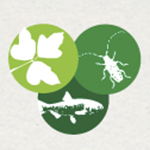

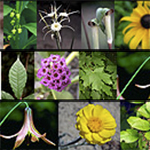
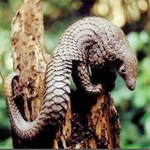 DISCOVER LIFE - ALL LIVING THINGS ENCYCLOPEDIA
DISCOVER LIFE - ALL LIVING THINGS ENCYCLOPEDIA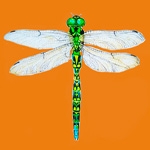 DRAGONFLY IDENTIFICATION KEY
DRAGONFLY IDENTIFICATION KEY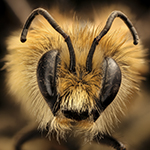
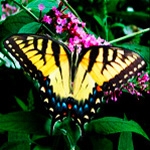 BUTTERFLY IDENTIFICATION CHART PDF
BUTTERFLY IDENTIFICATION CHART PDF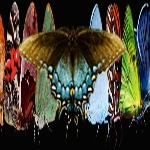 BUTTERFLY & MOTH REGIONAL CHECK LIST
BUTTERFLY & MOTH REGIONAL CHECK LIST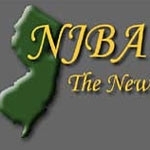 THE NEW JERSEY BEEKEEPERS ASSOCIATION
THE NEW JERSEY BEEKEEPERS ASSOCIATION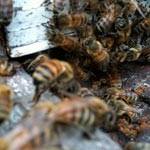 RUTGERS BEEKEEPING COURSE
RUTGERS BEEKEEPING COURSE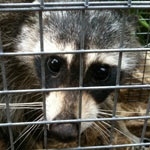
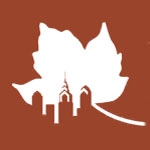
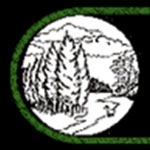

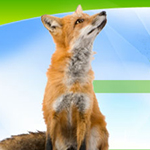
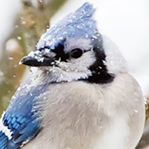

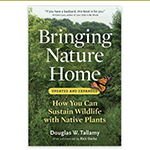
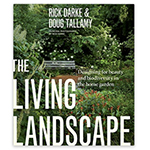
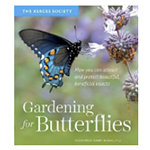
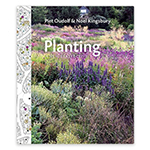
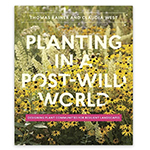
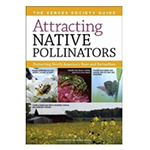
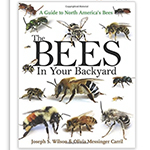
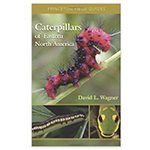
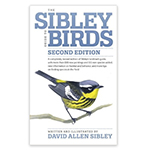
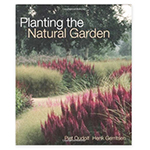
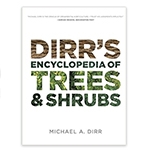
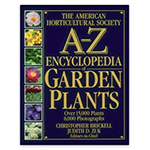
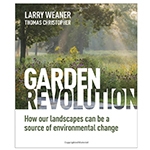

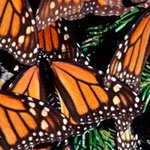
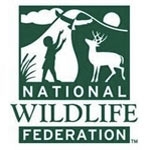
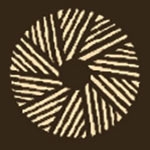
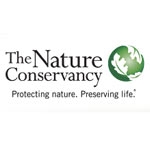
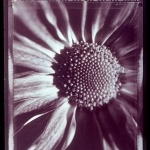 COAN FINE PHOTOGRAPHY
COAN FINE PHOTOGRAPHY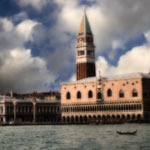 STEPHEN COAN LLC - PHOTOGRAPHY
STEPHEN COAN LLC - PHOTOGRAPHY